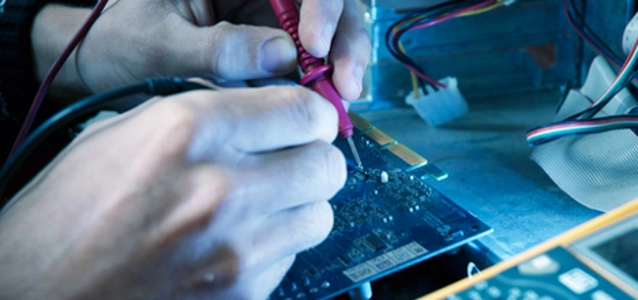
© pavelgr dreamstime.com
Business |
Grace period for the anti-dumping running out
The grace period for the anti-dumping and countervailing policy which Europe offered is half way through.
Currently, different interest groups in the market have come up with different sayings. Although the compromise among Europe, China, and the committee hasn’t been reached yet, the overall market trend is transforming quietly.
According to EnergyTrend, a research division of TrendForce, Chinese manufacturers have been rushing to get the shipment out in the past two months. In addition, another focus is on Chinese manufacturers’ inventory clearance condition.
Judging from EnergyTrend’s investigation, although made-in-China products that are exported to Europe will be imposed an anti-dumping tariff of 11.8%, other manufacturers indicate that inventory pressure has reduced and companies’ financial condition has improved due to the recent increasing market price and the increasing cash flow caused by inventory clearance.
Hence, as long as the price difference is within $0.02USD/Watt between the total cost and the cost on the product produced by a third-party country, Chinese manufacturers will be able to prioritize their own products.
On the other hand, while Chinese manufacturers choose to prioritize their own products, there shouldn’t be any significant changes toward Taiwanese manufacturers’ orders. EnergyTrend believes that policy interference is not over yet. Chinese manufacturers will still need the assistance from Taiwanese manufacturers in the short run, thus it’s not likely for Chinese manufacturers to break the partnership easily until the result is finalized.
Besides, regarding the direction on the European policy after August, based on the discussion result between EnergyTrend and the manufacturers, most of the manufacturers believe that Europe is most likely to adopt price increase or quantitative import restrictions towards made-in-China products that are exported to Europe.
Yet, EnergyTrend has already considered fixed quantity pricing policy as the possible final solution many weeks ago. It’s mainly because fixed quantity pricing can help revive Europe’s PV industry that’s almost left behind in certain ways; meanwhile, it won’t sabotage the profit margin between the current mainstream system investment and system installers.
From the perspective of the overall spot market, the recent market trend remained unstable with this week’s overall trend going slightly downward. In terms of PV products, due to the extremely small difference between the contract and spot prices, the supplies used are mainly from materials purchased through contracts.
In addition, because of the decreased price on the polysilicon imported by China, the polysilicon spot market price slightly declined last week with average price being $16.405USD/kg, a 0.12% decrease. For polysilicon wafer, most of the Chinese manufacturers lowered the price for specific clients.
Moreover, since part of the manufacturers’ recent demand mainly focused on general products, it pulled down the final price with average price being $0.908USD/piece, a 0.22% decrease. For monosilicon wafer, the price decrease in China has affected the average price trend, with price last week reaching $1.203USD/piece, a decrease of 0.17%. For battery, various manufacturers are coming up with lower price quotes for the general products.
The high-efficiency product price remained above $0.43USD/watt, which caused average price to decline again. The price last week reached $0.422USD/watt, a 0.24% decrease. Lastly, the module price remained the same.
